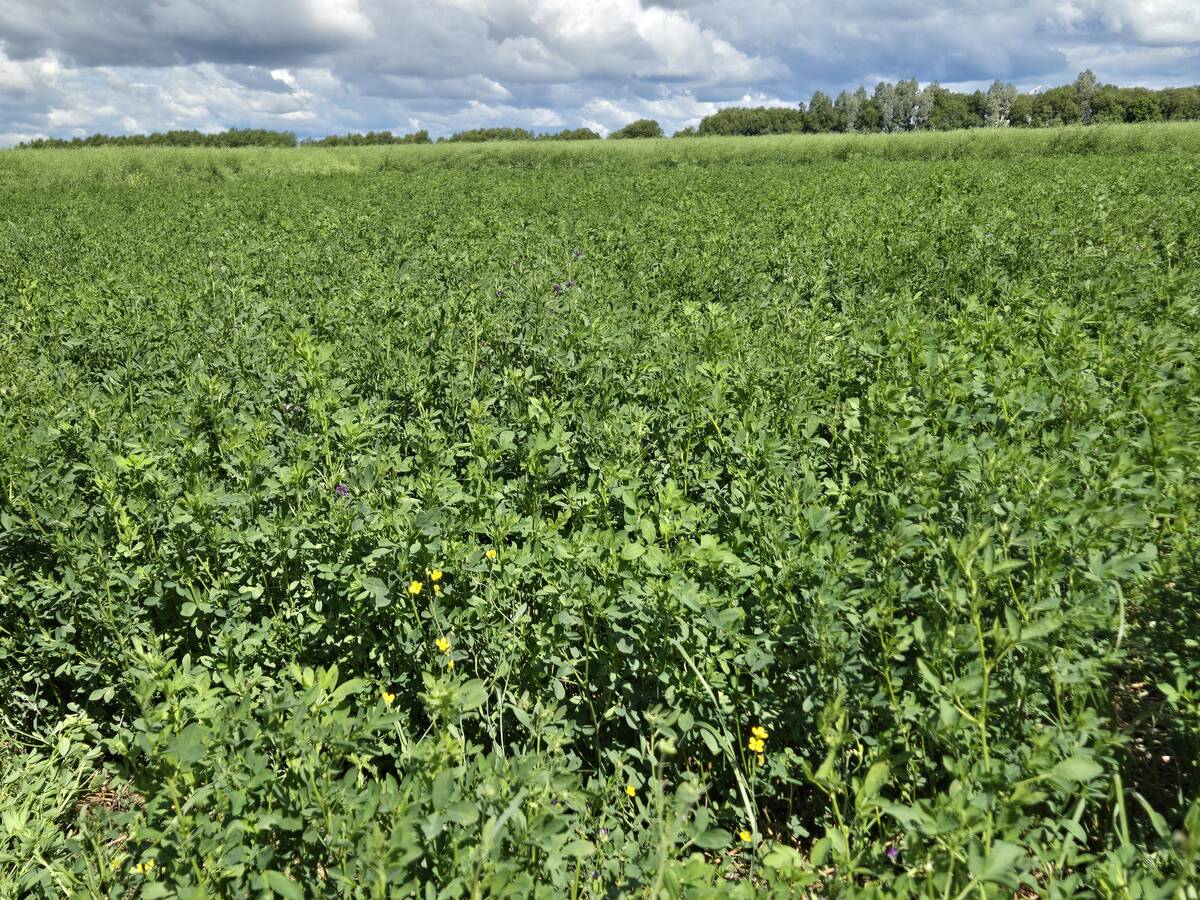Politics and weather are once again combining to dampen industry expectations for an increase in farm equipment sales on the Prairies this year.
When the year began, the Canadian Farm and Industrial Equipment Institute was predicting a slight increase in sales of combines and four-wheel drive tractors.
Now, says institute president Brent Hamre, the industry will be lucky to see any increase from last year’s 1,248 combines.
The outlook is even more tentative for a predicted small increase in tractor sales.
“Until the severe drought conditions set in across Western Canada, the big four-wheel drive tractor market was performing better than it had done for more than two years, with sales running well ahead of 2000 volumes to the end of June,” Hamre told a recent institute meeting.
Read Also

Manitoba Parkland research station grapples with dry year
Drought conditions in northwestern Manitoba have forced researchers at the Parkland Crop Diversification Foundation to terminate some projects and reseed others.
“Now, however, because of the impact of the drought, along with continuing low commodity prices in grain markets worldwide, producers who may be expected to buy these big productive tractors have decided to hold off purchases until the crop is in and the effect on their income for the year is known.”
Aid suggestion
When money-losing Air Canada began to lobby the federal government for several billion dollars in aid, in the wake of the Sept. 11 terrorist attacks in New York and Washington, D.C., a Brandon accountant offered the government some free advice.
Be sympathetic, Grant Kirkup said in a letter to the prime minister, and be sure the air industry is treated like other industries.
Then, he outlined the complicated formula used under the Canadian Farm Income Program to determine farmer eligibility, including calculations of gross margin “as defined by you,” five years of financial comparisons and then a payment to get the airline up to 70 percent of the previous three-year average gross margin.
Then he added: “Do not hesitate to change the way in which the calculation is made during processing. Air Canada will surely understand the changes were made to make the program better, more fair and easier to understand.”
Population differences
The latest Canadian population figures are nothing but bad news for Saskatchewan.
Alone among provinces west of Newfoundland, Saskatchewan has lost population for the past two years while around it, provincial populations increased.
“During the past decade, both Alberta and British Columbia have recorded strong growth,” Statistics Canada said in a late-September population analysis.
“Since 1991, B.C.’s population has increased 21.4 percent, almost double the national average of 10.9 percent. Alberta’s population increased 18.2 percent during the same period.”
Meanwhile, Saskatchewan has been losing ground.
“The decline was largely a result of an increase in net outflow to other provinces,” the federal report said.
On July 1, Saskatchewan’s population was estimated at 1,015,800. The province is sliding back toward the one million mark that it passed with fanfare more than a decade ago.
The federal agency said Canada’s population has grown to more than 31 million.
















